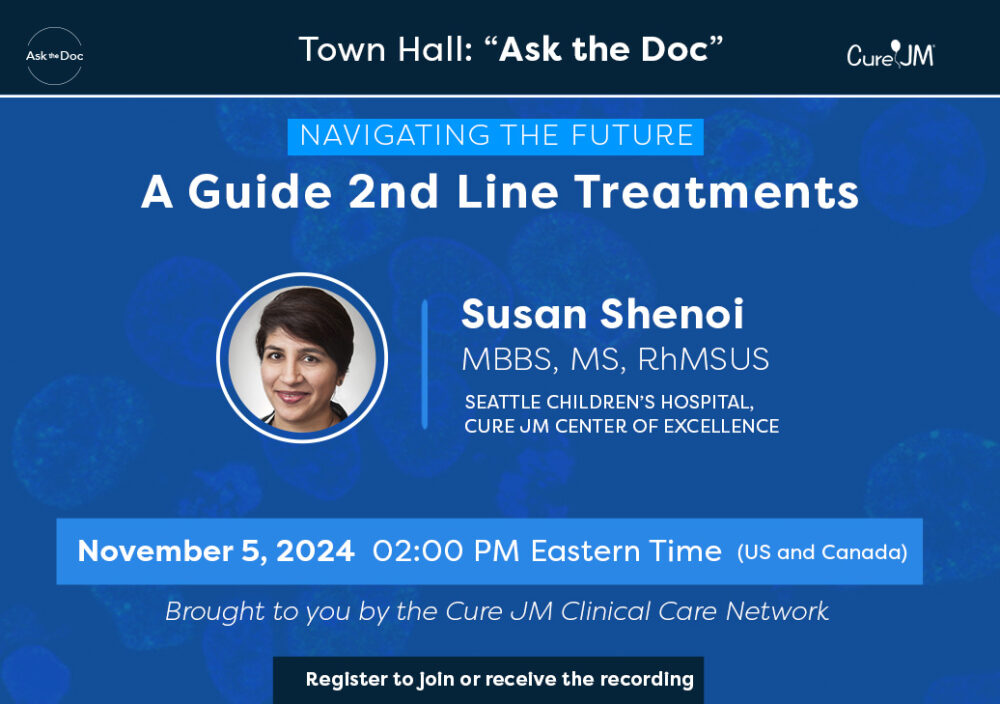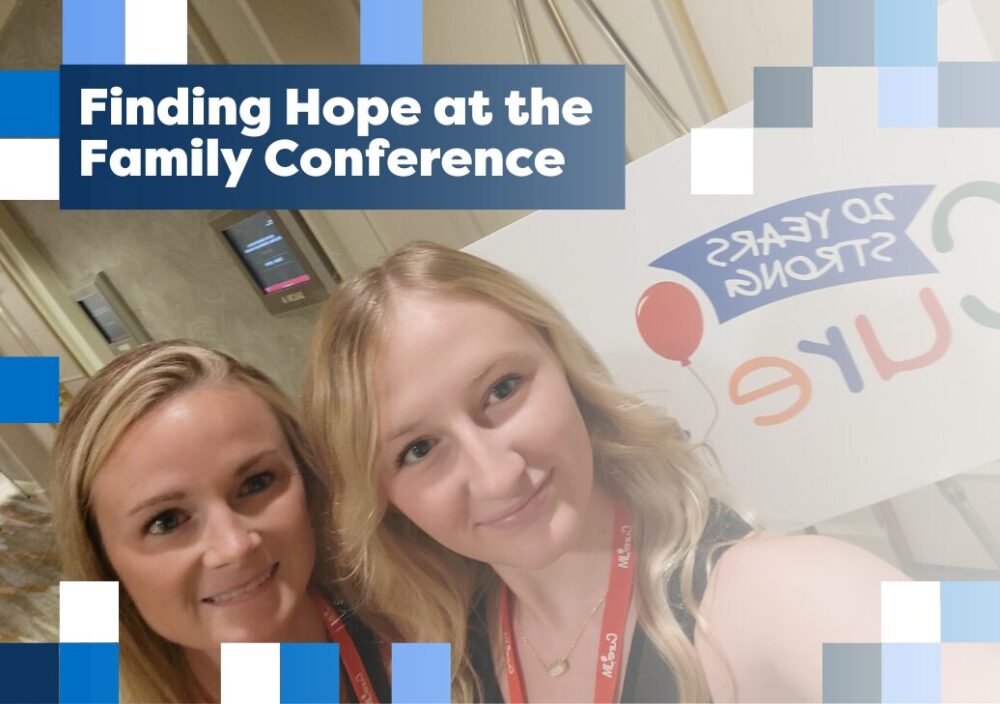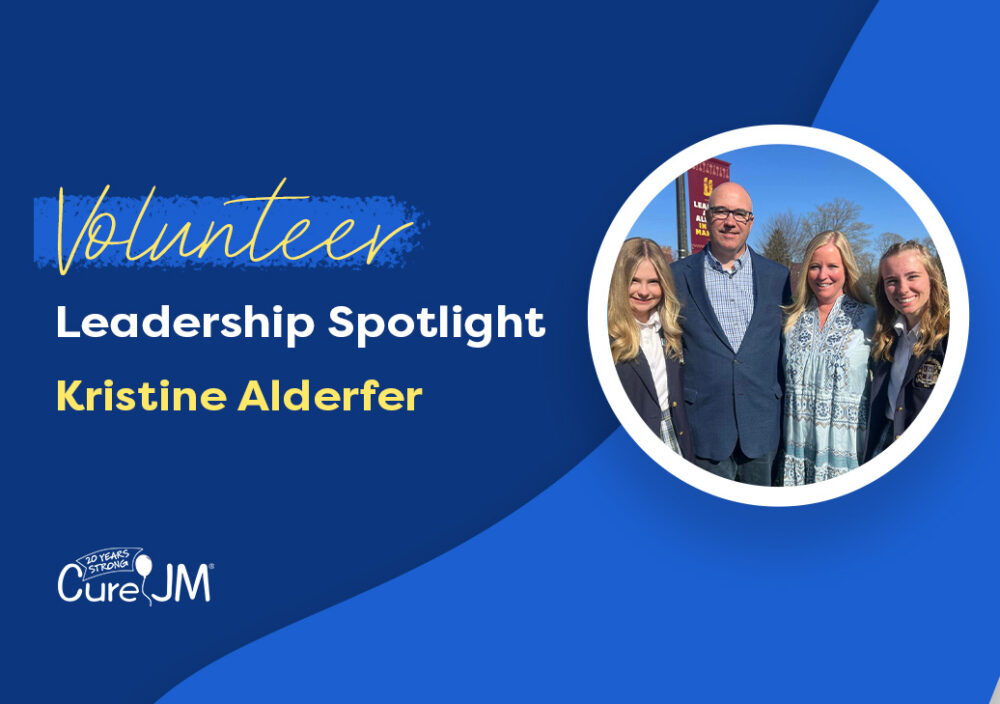At the October 25th Town Hall, Dr. Christian Lood, professor and researcher at the University of Washington and Seattle Children’s Hospital, presented on the topic of treating a potential complication of juvenile myositis known as calcinosis. Calcinosis is the accumulation of calcium phosphate crystals in soft tissue (skin, muscle). It appears as hard, irregular nodules (bumps) in or under the skin and various parts of the body. Up to 40% of children with JDM will develop calcinosis. Though many children may develop calcinosis, the problem remains that we know very little about calcinosis.
What we do know is that it is associated with certain autoantibodies, especially NDA5 and MPX2. We also know that delayed treatment, frequent trauma (physical use), or hypoxia can cause an increase in calcinosis. With more research needed on calcinosis, it can be difficult to treat, leading to treatments being prescribed on a case-by-case basis.
Following Dr. Lood’s presentation, Dr. Adam Schiffenbauer presented detailed information on the current state of calcinosis management, potential treatments, and the importance of early intervention and aggressive treatment. Here is a detailed list of the medications and treatment measures discussed:
Anti-Inflammatory Therapies: Anti-inflammatory therapies involve treatments aimed at reducing inflammation in the body, which can help manage symptoms of JDM and calcinosis simultaneously.
- Intravenous immunoglobulin (IVIG)
- Abatacept Generic: Orencia
- Thalidomide
- Infliximab Generic: Remicade
- Colchicine Brand: Colcrys & Mitigare
- Anakinra Generic: Kineret
- JAK Inhibitors: Tofacitinib, Ruxolitinib, Baricitinib, and infliximab (injectable kind)
Medications targeting calcium/calcinosis itself: These medications are specifically used to treat the calcium nodules present in a child’s body and would be used in addition to a child’s JDM medication and treatments.
- Probenecid Generic: Benemid & Benuryl
- Calcium Blockers: Diltiazem Brand: Cardizem CD and Taztia XT
- Treprostinil Brand: Remodulin
- Bisphosphonates (pamidronate, etidronate, alendronate)
- Sodium Thiosulfate
- Aluminum Hydroxide
Mechanical Measure: Mechanical measures would be taken as a last result and in more extreme cases of calcinosis.
- Cushioning/protection from microtrauma
- Surgical resection
- Lithotripsy
- Carbon dioxide laser therapy
- Hyperbaric oxygen
A few key takeaways from both Dr. Lood and Dr. Schiffenbauer’s presentation is that many JDM children will develop calcinosis during their lives and that treatment must be done on a trial and effort basis. More importantly, early treatment of the JDM and calcinosis is most important for all children.



